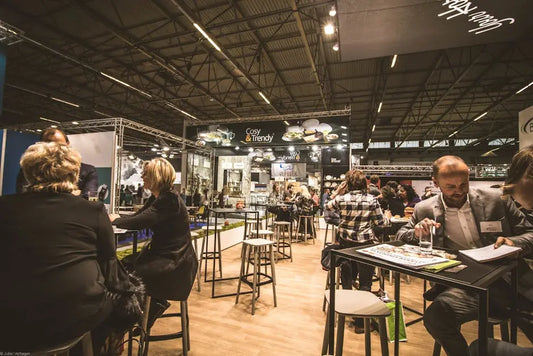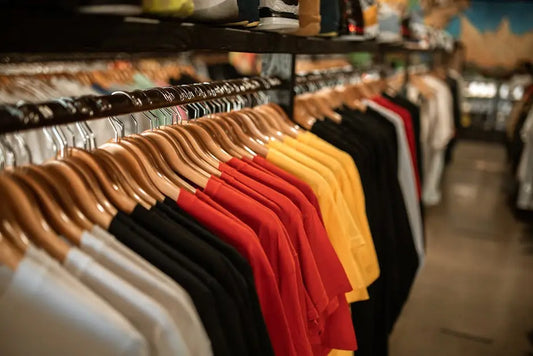Trade shows are a bustling hub of activity, requiring exhibitors to maximize impact while minimizing setup time. Easy set-up displays have become increasingly popular due to their convenience, but many wonder how they stack up in terms of durability. Let’s explore the advantages and limitations of these displays for trade shows.
Understanding Easy Set Up Displays
Easy set-up displays are designed to be quickly assembled without tools. They are often lightweight and portable, perfect for exhibitors who need to move quickly from one event to the next. These designs prioritize simplicity and efficiency, allowing even a novice to assemble or dismantle them in minutes. They usually come in modular forms, providing flexibility to adapt to various booth sizes and configurations.
Despite their ease of use, many ask if these displays can withstand the rigors of multiple events. Factors such as the choice of materials and construction method play a key role in determining the resilience of these displays. Understanding these basics can significantly aid in making an informed purchase decision.
Materials Used in Construction
The durability of easy set-up displays largely depends on the materials used. Common materials include fabric, aluminum, and plastic, each offering different levels of durability and sturdiness. For instance, aluminum frames provide a sturdy but lightweight structure. They can be paired with fabric graphics that are resilient to creasing and can be easily refreshed with a quick wash.
Certain high-end plastics are also utilized for their combination of light weight and toughness. These materials resist impacts and seldom crack, ensuring the longevity of your display even amidst the hustle and bustle of bustling events.
Advantages of Easy Set Up Displays
These displays provide numerous benefits such as quick assembly time, ease of transport, and cost-effectiveness. They are especially advantageous for businesses needing flexibility and time efficiency. The modular nature allows them to suit diverse exhibit layouts, providing a professional look without excessive costs or time commitments.
For companies regularly attending trade events, these display solutions reduce logistical nightmares. Their portability ensures that multiple staff members can manage setup and breakdown without specialized training or excessive manpower.
Evaluating Durability for Frequent Use
Consider the frequency of use when evaluating durability. Displays required for regular trade shows should be built from more robust materials to withstand wear and tear. This is especially crucial for businesses whose marketing strategies rely heavily on repeated events.
For those requiring frequent assembly and disassembly, investing in higher-quality construction can offset initial costs by increasing the display’s lifespan. Durability doesn’t always mean heavier, but rather smarter use of materials and joins.
Tips for Enhancing Durability
To ensure longevity, invest in quality materials and handle the displays with care. Regular maintenance and correct storage can also help extend the life of your displays. For example, dismantling with caution and storing components in durable cases can prevent damage.
Additionally, consider utilizing digital proofs for any graphic elements. This ensures accuracy and reduces the likelihood of reprints, which can wear out display structures over time. Consider investing in accessories like table throws from BoothLoops that are designed to enhance durability while maintaining visual appeal.
Final Thoughts on Easy Set Up Displays for Trade Shows
In conclusion, while easy set-up displays offer significant convenience and efficiency for trade shows, their durability can vary. It’s essential to assess your specific needs, such as the frequency of use and type of materials, to ensure you make the right choice. With the right balance, you can achieve a professional appearance without compromising on quality.



